The last few years we have seen a rise in new baseball statistics. The traditional statistics like wins, RBI, and average have all seen their values dip. Many people hate this change, and see an over complication of baseball with all these new statistics replacing old favorites.
Some people have became downright angry by these changes, but if these stats weren't so effective then why would they have so quickly taken over how teams and scouts evaluate players? At the end of the day these new stats, and the math whizzes who have designed them, have changed the way players are evaluated. These stats like every other stat are there to help figure out who are the most effective players in the league when you compare them.
My goal here is to explain these stats so everyone can understand them better and make them something that everyone can reference. Since there has been such an explosion of new stats, I am going to start with new hitting stats, then do pitching, and lastly combined stats. I might also do fielding stats after all of them, but the issue with fielding stats is that no one agrees on them because there isn't a go to stat in fielding as of yet that is consistently effective.
For this article I am going to explain on-base percentage. Over the course of these articles if I miss a stat, someone wants me to do a different stat next, or if there is something anyone wants explained better then please comment in this post and I will try and explain as best as I can.
Before I get too in depth I want to go ahead and label the abbreviations that will be appearing over and over. OBP is on-base percentage, BB is walks, SF sacrifice flies, H hits, AVG is average, HBP is hit by pitch, AB is At bats. I know many of these are basic abbreviations, but rather than assume I figure I would spell them all out now. Also when I mention last year's percentiles, I have to give credit to fangraphs for that data.
Now let's get onto the new stats.
The first stat to be discussed is the one that most people are probably the most familiar with, on-base percentage. It is so main stream now that it's seen on scoreboards. The reason this stat has risen is that people have started to realize how important walks are and that batting average completely ignores the value of a walk. This stat is figured out by adding BB, HBP, and H and then dividing by the total of AB, HBP, and SF.
If it was written out it might look like this (BB+HBP+H) / (AB+HBP+SF).
I have often considered .380 or better to be excellent. For those who want a reference point I consider it in line with what people view as a .300 hitter. In terms of last year, .385 was good enough to make the 90th percentile last season. Outfielder Shin-Soo Choo's OBP was .401 and good enough for 4th best in the AL. Worst on the Indians was infielder Jhonny Peralta with an OBP of .311, good for 12th worst in the AL.
Now let's play a game of who would you rather have:
Player 1: AVG .260 OBP .378
Player 2: AVG .282 OBP .313
Player 3: AVG .302 OBP .351
Player 4: AVG .238 OBP .346
So who do you want on your team? Many old school fans might say give me the .300 hitter, but if you take that player he is actually reaching base a lot less. Sure he has an average that is 40 points higher, but his OBP is over 25 points lower. This is the problem with just relying on average as you cut out a significant cross section of data. I know people can and do argue a hit is more valuable as it can move a runner more than one base, but is it worth a player reaching base less times a year?
Player 2 is the patron saint of no patience, Alexi Ramirez. His OBP was only 2 points higher than Peralta who hit 32 points lower than him, again showing that average paints a partial picture.
Player 4 is Ben Zorbist who in spite of hitting 44 points lower than Ramirez actually reached base significantly more, and reached base almost as much as player 3 even though player 3's average was 64 points higher.
Player 3 is former Indian Victor Martinez, who I would worry about as a Tigers fan. As many players age those that hold up the best tend to have the best strike zone judgment, and Martinez's walk totals show he is a bit of a free swinger.
Player 1 is possible one year wonder José Bautista, and is why I don't think he will be a fluke. His walk rate improved from 1 in every 9 at bats in his last extended season in Pittsburg to 1 in every 7 last year, and in the year before he actually held the same rate. This to me shows an improvement that isn't a fluke but has been sustained for two years. His power might not stay as high, but I am pretty sure we will see him again in the top 5 in walks this year.
On base percentage is a tool just like any other stat in baseball. The reason it has grown in importance is it filled the gap that batting average could not fully fill. Hopefully this better explains the importance of OBP and helped those who were not familiar with it. Maybe in the future you might use the stat to help see who is performing well on your favorite teams.



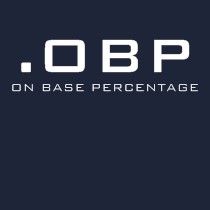







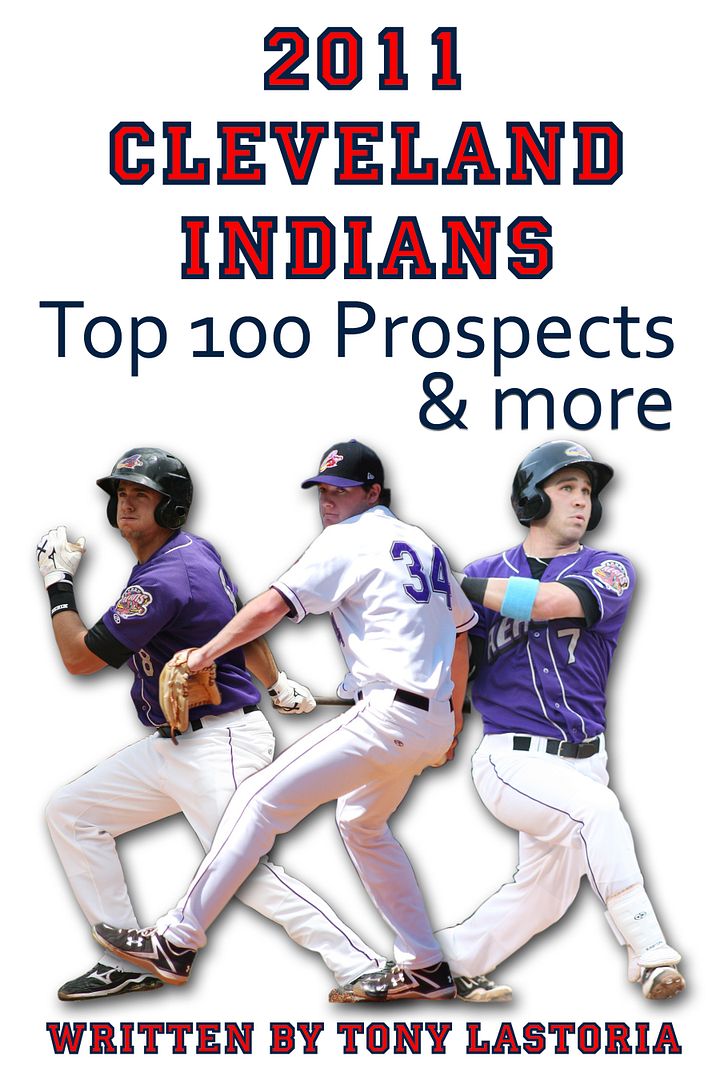
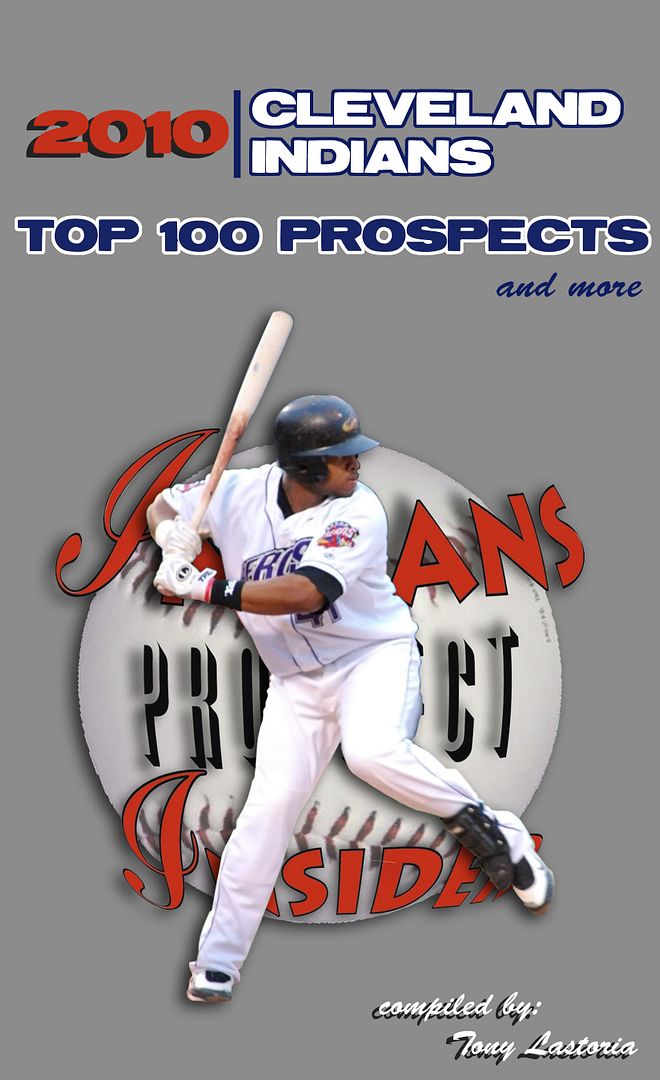
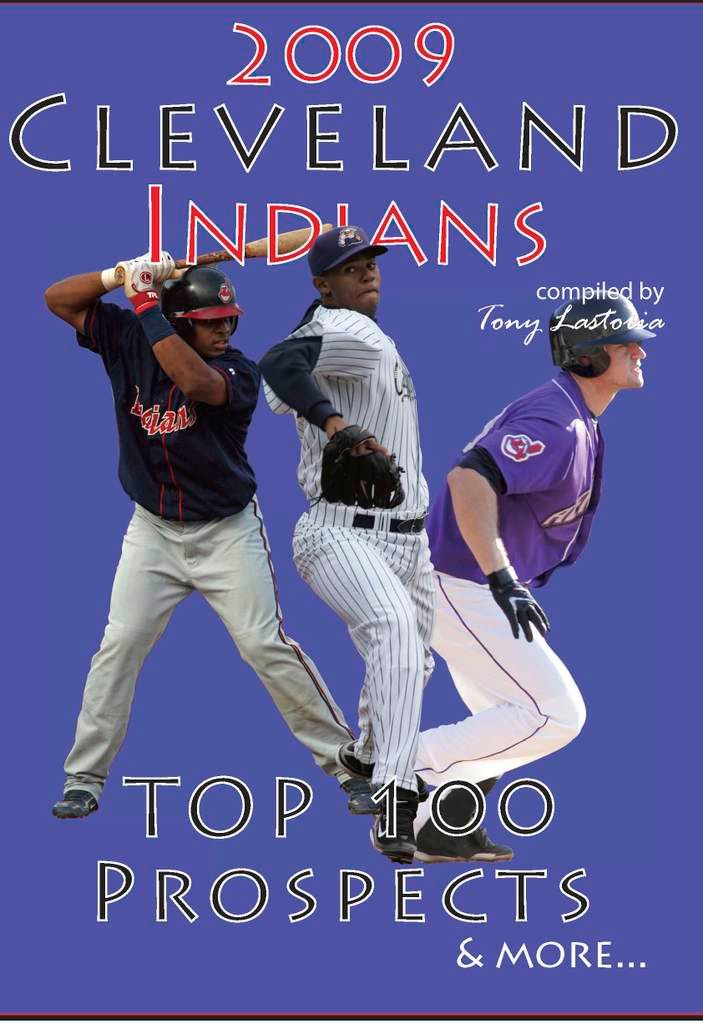
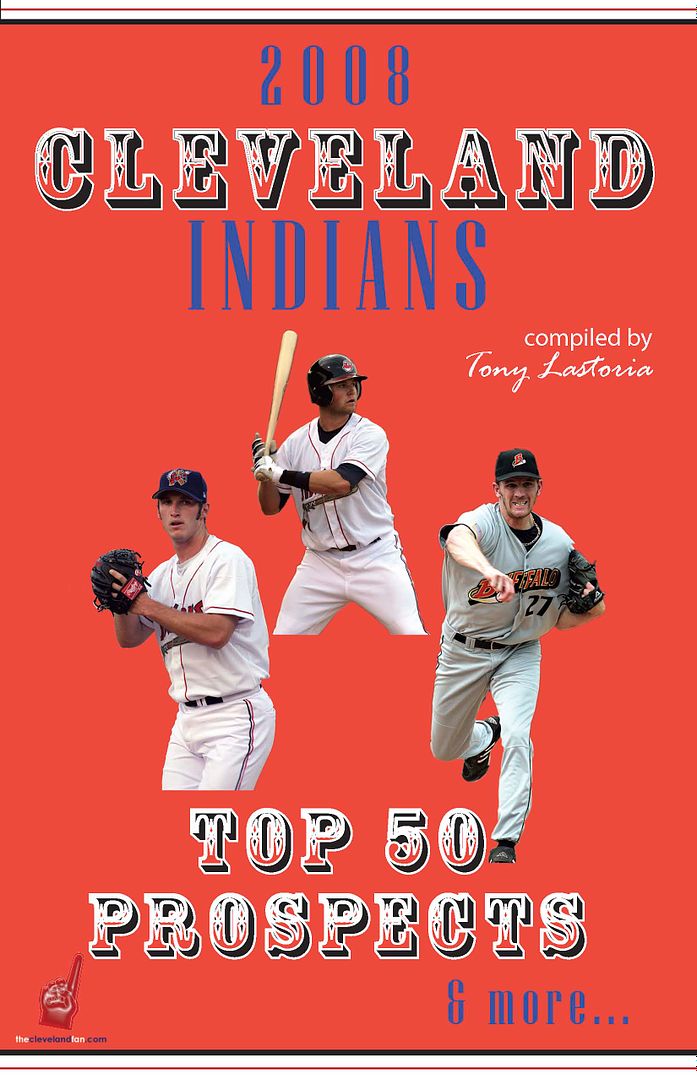
 Everything on this site is free, but for those interested in making any monetary contributions to help support the stability and growth of this site please click on the "Donate" button below.
Everything on this site is free, but for those interested in making any monetary contributions to help support the stability and growth of this site please click on the "Donate" button below.


7 comments:
I thought the denominator was total at bats, so shouldn't BB be in both the numerator and denominator?
I meant total plate appearances not total at bats.
This raises a question for me: If you prefer a player with a higher OBP over one with a higher AVG, how many runs did that player score over against the player with the higher AVG? I just wonder to what extent OBP correlates with runs. But this just further shows that neither AVG nor OBP is the whole story.
Bill you, are right I mistyped that BB should be in the bottom. As for Dave at the end of the day doesn't everything revolve around getting on base. I know many people say a hit is better than a walk, but that's not 100% correct. There are better equalizers that I will get into real soon, that try and take into effective the fact that not all hits are created equal
Dave, I am not sure choosing a guy with a higher OBP vs higher AVG is the right way to look at it. You obviously would never choose a guy with a .313 OBP over a guy with a .311 AVG because the guy with the .311 AVG probably has an OBP at least 30-50 points higher anyway.
It just means than average is not the be all end all. A guy can hit .300 but if he is a hacker who does not draw walks and maybe strikes out a lot and has say a .340 OBP, there is less value for that guy than someone who say hits .270 but draws walks, works counts, and maybe has a .382 OBP.
Tony - that makes sense. I guess I wasn't trying to see it as a straight OBP vs. AVG, though I was probably misreading and oversimplifying the arguments. But as you rightly say, and as I tried to say, no single stat tells the whole story. And I'm still curious about how AVG and OBP correlate with runs scored....
This is great. There are so many stats to look at but without a baseline the numbers can seem meaningless. I hope this series continues.
Post a Comment